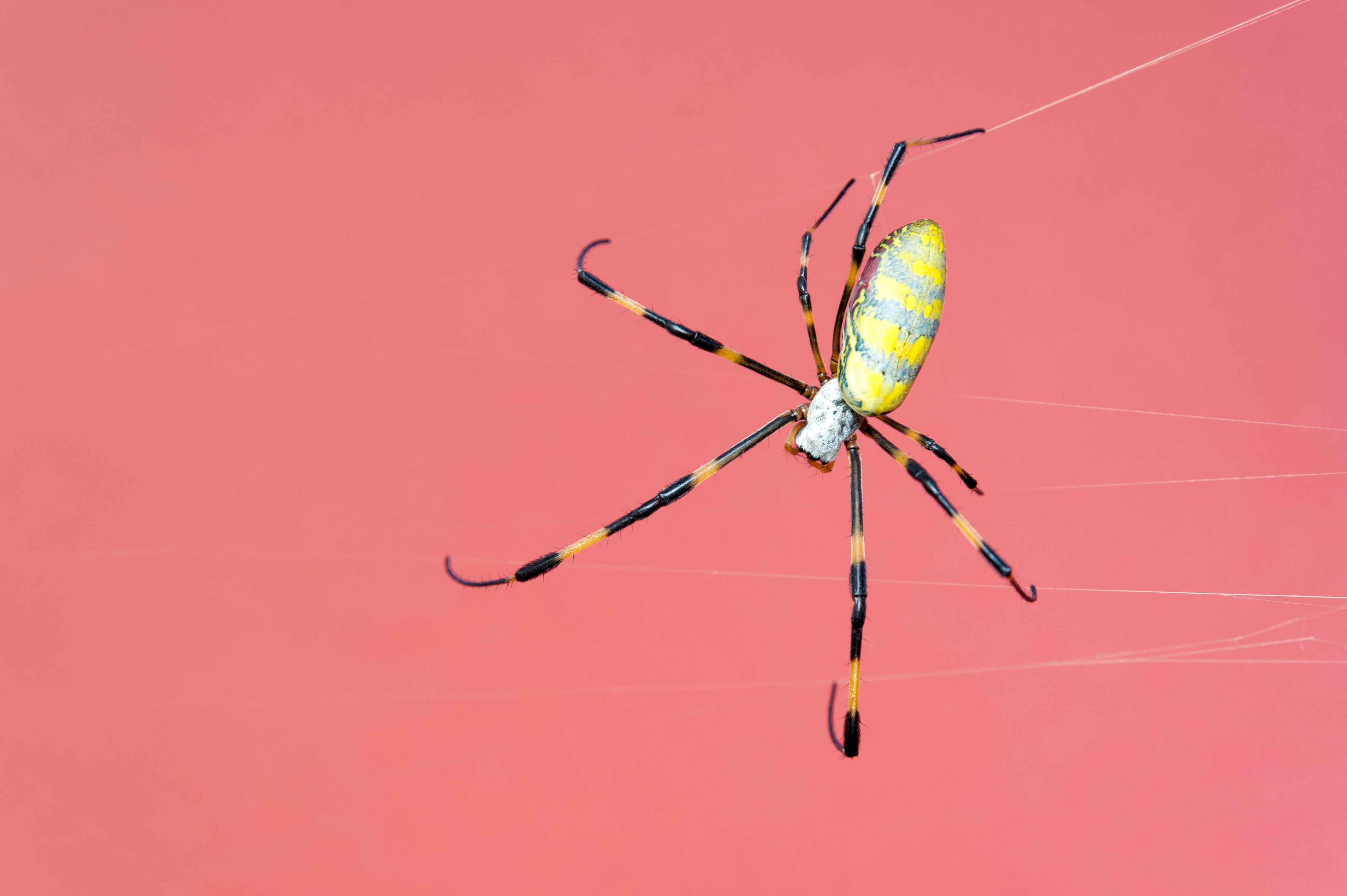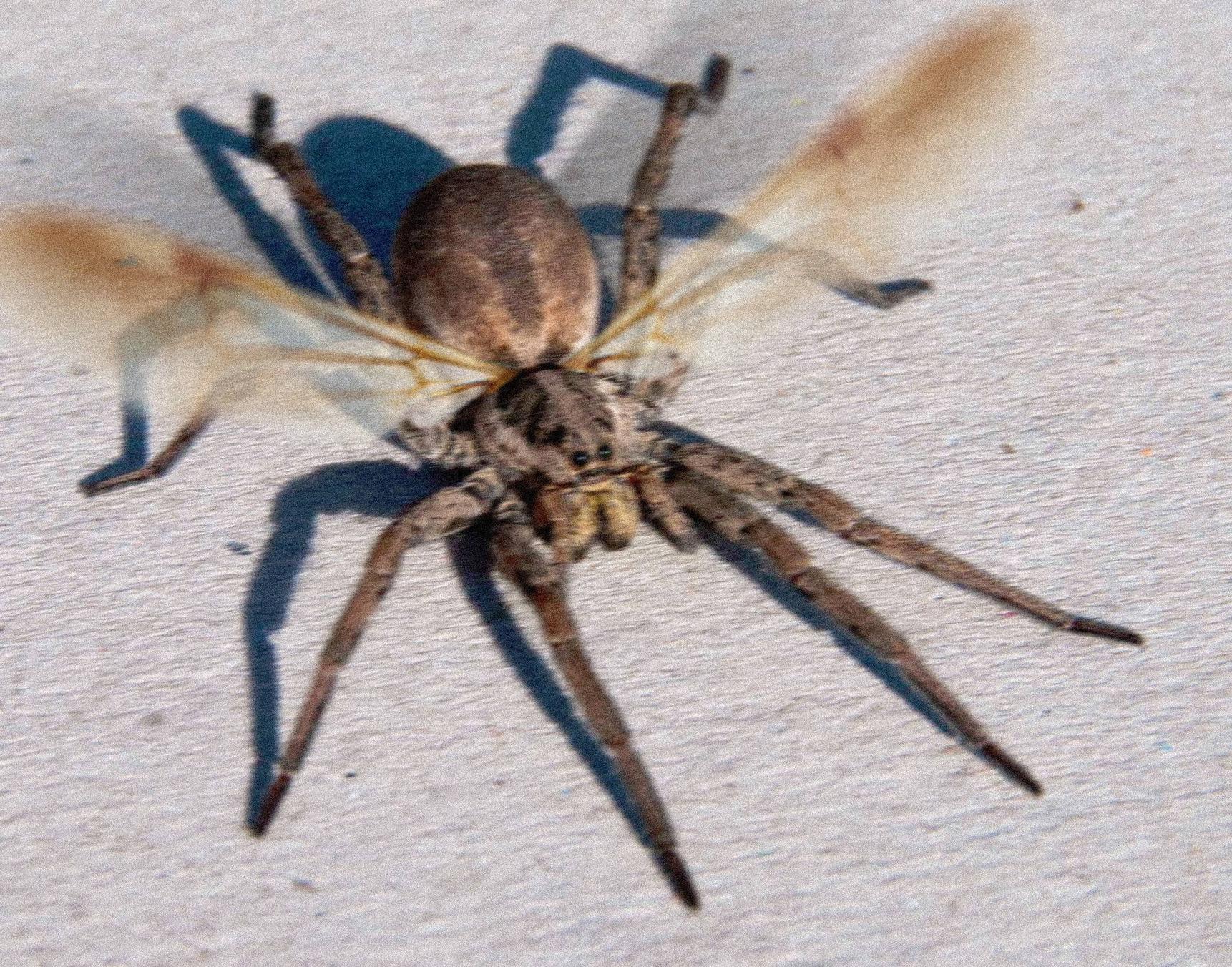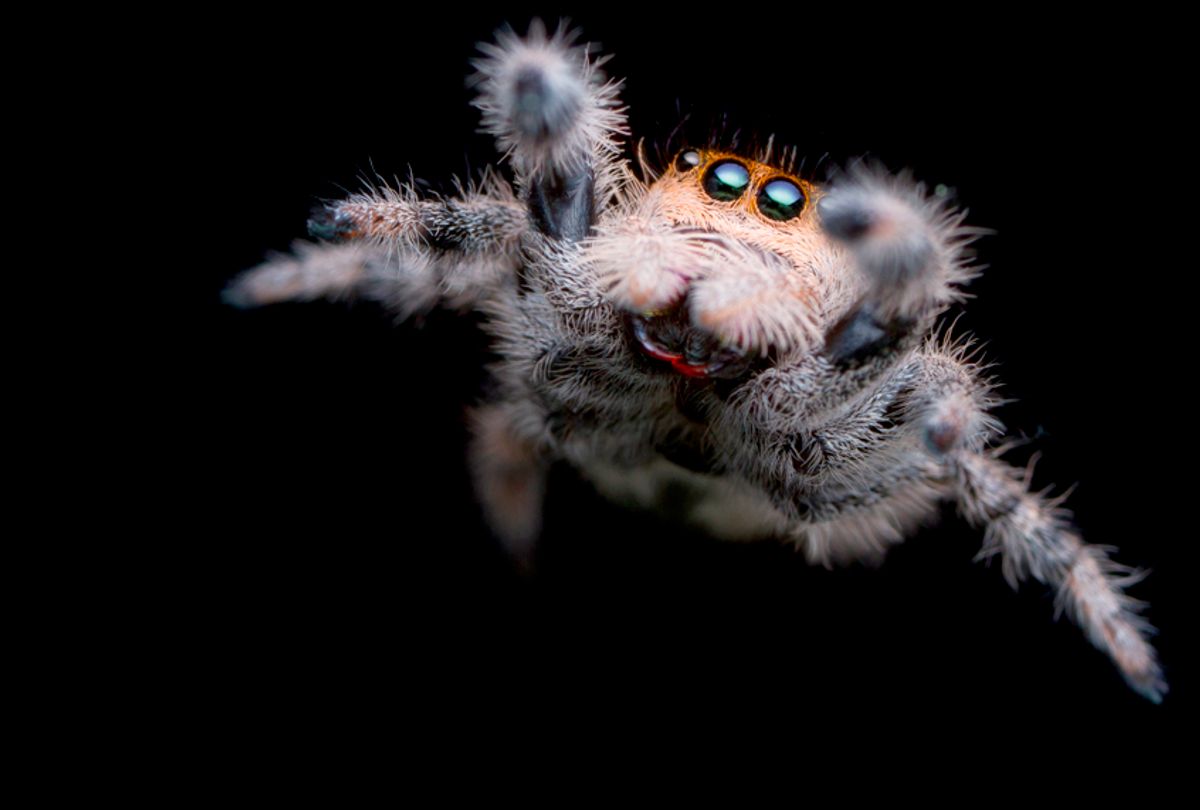Natural History of Flying Spiders

Flying spiders – Spiders, traditionally known for their eight legs and silk-spinning abilities, have evolved a unique adaptation that allows some species to fly or glide through the air. These aerial arachnids possess specialized structures that enable them to take to the skies, showcasing the remarkable diversity of the spider family.
Flying spiders, with their ability to glide through the air, evoke a sense of wonder and curiosity. Their ethereal movements are akin to the ethereal nature of faith and belief, as explored in the insightful acolyte review. Just as the acolyte’s journey unfolds in the realms of faith, so too do flying spiders traverse the boundaries between the physical and the intangible, reminding us of the interconnectedness of all things.
Adaptations for Flight
Flying spiders have developed various adaptations to achieve aerial locomotion. Some species, like the ballooning spiders, have long, silken threads that they release into the wind, allowing them to be carried aloft like miniature parachutes. Others, such as the gliding spiders, have flattened bodies and enlarged legs that act as wings, enabling them to glide over short distances.
In the realm of nature’s wonders, flying spiders take to the air, their silken threads catching the wind. These arachnid acrobats evoke a sense of awe and intrigue, much like the enigmatic figures known as osha acolytes osha acolyte.
These individuals navigate the treacherous paths of the supernatural, their rituals and practices shrouded in mystery. As the flying spiders dance upon the breeze, their movements mirror the intricate steps of osha acolytes, weaving a tapestry of the unknown.
Species and Habitats
Flying spiders are found in a variety of habitats worldwide. The ballooning spiders, with their silken threads, are often seen floating in the air during warm, windy days. Gliding spiders, on the other hand, are typically found in forested areas, where they use their gliding abilities to move between trees and other vegetation.
Evolutionary Significance, Flying spiders
The evolution of flight in spiders is a testament to the adaptability and diversity of this ancient group of arthropods. Flight has provided spiders with new opportunities for dispersal, prey capture, and predator avoidance. By taking to the skies, these aerial arachnids have expanded their ecological niches and contributed to the fascinating tapestry of life on Earth.
Ecological Roles of Flying Spiders

Flying spiders play crucial ecological roles within ecosystems. They contribute to plant reproduction and seed dispersal, participate in predator-prey dynamics, and influence pest populations. Their presence has significant implications for ecosystem stability and human activities.
Pollination and Seed Dispersal
Flying spiders are known to act as pollinators for various plant species. They inadvertently carry pollen grains on their bodies as they move between flowers in search of nectar and prey. This facilitates cross-pollination, which enhances genetic diversity and reproductive success in plants. Additionally, flying spiders can contribute to seed dispersal by transporting seeds attached to their webs or bodies, aiding in the establishment of new plant populations.
Predators and Prey
Flying spiders occupy both predator and prey roles in ecosystems. As predators, they consume a wide range of insects, including pest species such as aphids, flies, and mosquitoes. This predatory behavior helps regulate insect populations, maintaining ecological balance and reducing the incidence of insect-borne diseases. Conversely, flying spiders are also preyed upon by larger animals such as birds, reptiles, and other spiders, contributing to energy flow and nutrient cycling within food webs.
Pest Control and Human Activities
The predatory nature of flying spiders makes them valuable allies in pest control. Their presence in agricultural settings can help reduce the need for chemical insecticides, promoting sustainable farming practices. In urban environments, flying spiders can help control household pests such as flies and cockroaches, providing natural pest management solutions. However, certain species of flying spiders, such as the Australian funnel-web spider, possess venomous bites that can be harmful to humans. It is important to be aware of local spider populations and take appropriate precautions to avoid encounters with dangerous species.
Cultural Significance of Flying Spiders

Flying spiders, with their unique ability to traverse the air, have captured the human imagination for centuries. They feature prominently in myths, legends, and folklore across diverse cultures, often symbolizing both fear and wonder.
Myths and Legends
In ancient Greek mythology, the Arachne was a skilled weaver who challenged the goddess Athena to a weaving contest. When Arachne won, Athena cursed her to become a spider, forever suspended in her web.
In Native American folklore, the Spider Grandmother is a wise and powerful creator deity. She is often depicted as a flying spider who weaves the web of life.
Symbolism and Cultural Representations
Flying spiders have been used as symbols of creativity, wisdom, and mystery. In art, they often appear in tapestries and other textiles, representing the interconnectedness of all things.
In literature, flying spiders have been featured in works by Edgar Allan Poe, H.G. Wells, and J.R.R. Tolkien. They often symbolize danger, the unknown, or the supernatural.
Religious Beliefs and Practices
In some cultures, flying spiders are associated with religious beliefs and practices. In Hinduism, the spider is considered a sacred animal, and its web is seen as a symbol of the universe.
In Buddhism, the spider is seen as a reminder of the impermanence of life, as its web is constantly being built and destroyed.
Flying spiders, with their graceful dance in the air, bring to mind the fragility of life. Their existence reminds us of the suddenness with which tragedy can strike, as in the untimely demise of Mandisa. Her cause of death serves as a poignant reminder that even the most ephemeral of creatures can be taken from us in an instant, leaving behind a void that echoes in the silence.
Flying spiders, with their delicate webs and graceful movements, are a fascinating sight to behold. They often emerge at dusk, just as the acolyte prepares to make their entrance in the upcoming Disney+ series. As the acolyte steps into the spotlight, their ethereal presence echoes the fragile beauty of these aerial acrobats, casting a spell over the audience.
The tiny, windborne spiders that dance in the air, carried aloft by silken threads, are a testament to nature’s ingenuity. These aerialists, defying gravity with their delicate webs, share a kinship with the starliner launch , a human endeavor that seeks to conquer the celestial void.
Like the spiders’ silken strands, the starliner’s rockets propel it upwards, carrying dreams of exploration and discovery. And just as the spiders float effortlessly in the breeze, the starliner glides through the vastness of space, a symbol of humanity’s unyielding pursuit of the unknown.